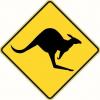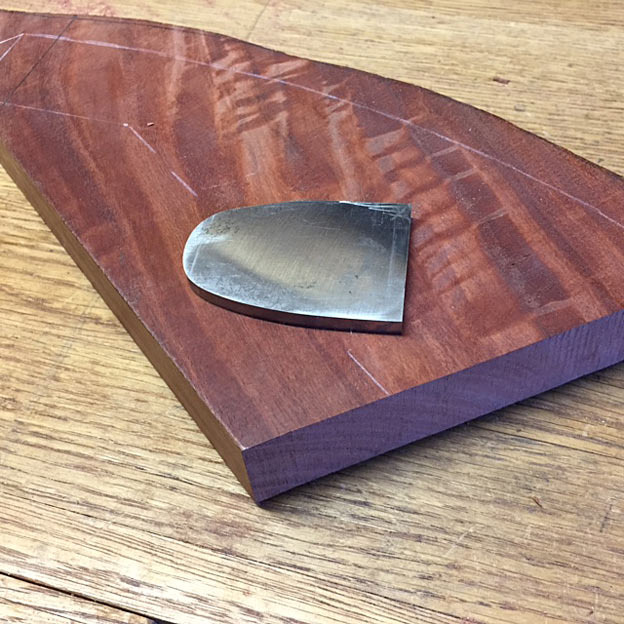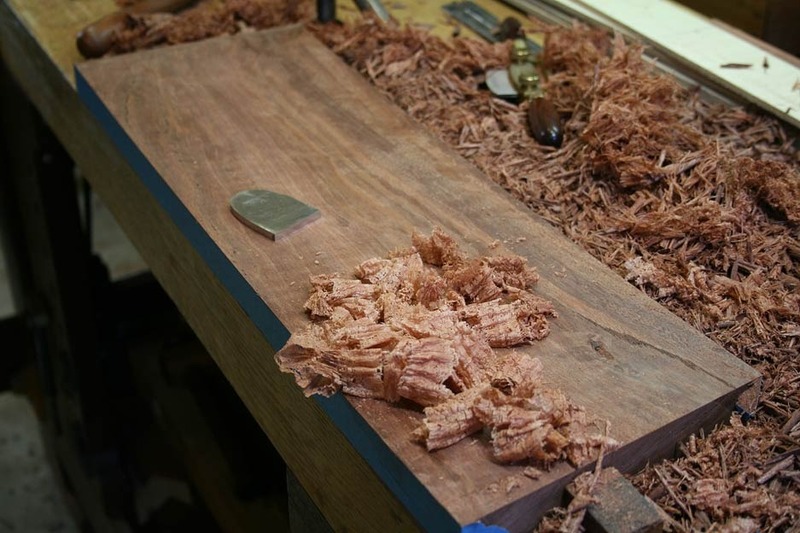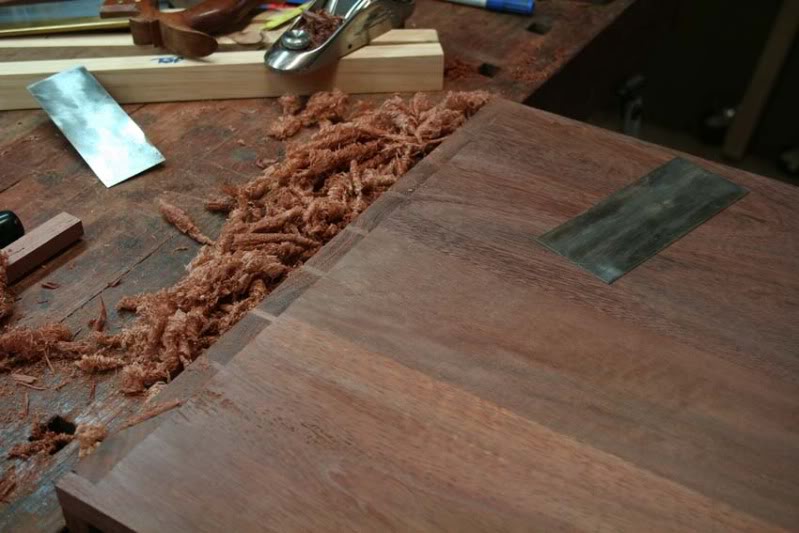By stock, I meant a piece of material that other scrapers can be cut out from. The pieces I have bought are about 1/16" thick, and about 3 X 6".
https://www.leevalley.com/en-ca/shop...r?item=97K5002
https://www.lie-nielsen.com/products...pers&node=4181
I don't see any advantage to using anything thicker than this, unless you are making a scraper plane.
Everything at Stewmac seems over-priced to me. Many in the violin making community purchase blue spring steel stock from McMaster-Carr and make their scrapers from that.
If you're primarily doing flat surfaces, you might want to consider these:
https://www.leevalley.com/en-ca/shop...iABEgJ3_PD_BwE
https://www.leevalley.com/en-ca/shop...e?item=05P2950
https://www.lie-nielsen.com/products...anes&node=4075
I have both the large Veritas Scraper plane and the Lie Nielsen 212; both are fine tools and work excellent.
I bought the large scraper plane for a family heirloom project, a white oak pedestal table that someone scraped all the tabletop surface varnish off at one time. Some of the lamination joins need fixing before I refinish it, and I thought the scraper plane would be ideal for getting the surface ready for refinishing.




 Reply With Quote
Reply With Quote











